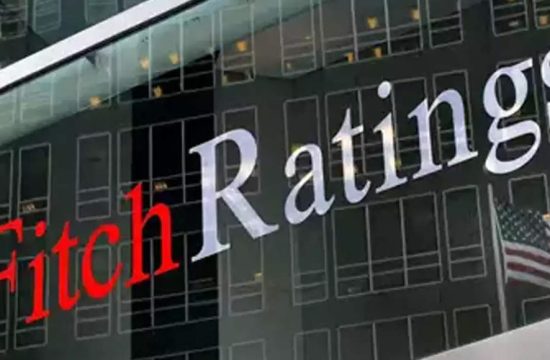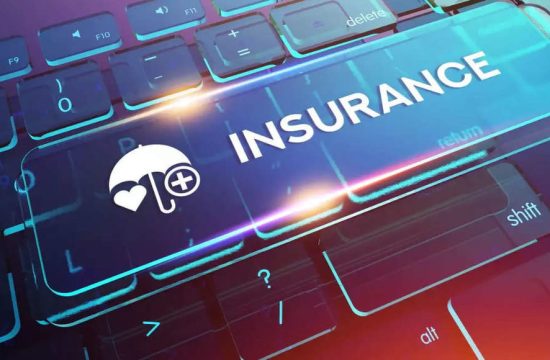shapecharge
The Covid-19 pandemic has revealed how close so many Americans are to severe financial insecurity.
Over these past four months, millions of American workers have experienced sudden and unexpected losses of their primary sources of income, either temporarily or, for many, permanently. While stimulus checks and enhanced unemployment benefits have filled in some gaps, they may not be nearly enough to cover the totality of monthly expenses.
So, where might someone access needed cash?
A 401(k) plan or an individual retirement account is now a better near-term option than historically, at least for the remainder of this year. If you are an active participant or have a balance via a former employer, your 401(k) or IRA offers an opportunity to tap resources without penalty due to recent legislative changes offered through the CARES Act.
More from FA Playbook:
Op-Ed: All types of investors can improve their financial fortunes
Advisors guide clients through Covid-19 crisis
Money moves to make now that recession has hit
Prior to this coronavirus pandemic, if you were under age 59½, taking a distribution from your 401(k) would trigger a 20% federal tax hit and a 10% early distribution penalty. That was, and will again be after 2020, a very steep price to pay for years of socking away savings for your future.
However, in response to our massive economic downturn and sudden unemployment affecting 30 million-plus Americans, Congress passed new legislation in March to make it easier to access your retirement savings.
To that point, an individual can now take a withdrawal of up to $ 100,000 from eligible retirement plans, including 401(k) plans and IRAs, without the 10% penalty applying.
Additionally, the IRS recently released guidance broadening the number of people who can take coronavirus-related distributions from 401(k) plans and IRAs. For example, if your spouse has lost his or her job due to coronavirus or had a job offer rescinded due to the pandemic, you can take up to $ 100,000 from your own retirement account.
These coronavirus-related distributions are only available in 2020, so it’s a consideration that would need to be taken over the next six months as the legislation stands today. Note that while the 10% penalty has been temporarily waived, the tax liability on the distribution has not. The good news is you will have up to three years to pay the tax liability on the amount of your distribution, which is designed to ease what might look to be a major tax hit.
It’s important to know that when it comes to these early 401(k) distribution changes, your employer must first sign off on the disbursement. The benefit to making this option available to plan participants rests with the employer, so be sure to first check if they have modified the benefits of your 401(k) plan to permit doing so. If not, ask them why not as, procedurally, it’s a very modest change to do so working with the provider of your 401(k) plan.
Now that the rules on distributions have changed temporarily, the question becomes should you do it, because you could do it? Remember, the you of today is the only one who can be counted on to take care of your future self, financially. A modern twist on what we heard from our parents and grandparents over and over, “be sure to save for a rainy day.”
Accessing retirement accounts still should remain a last resort. This pandemic has given us a rude awakening as to why the recommendation to set aside three to six months in cash reserves or emergency funds makes sense, if you are not doing so already.
If necessary, think about taking a distribution or loan to ensure your food, shelter, medical and primary monthly obligations are taken care of.
Tom Zgainer
founder and president of sales at America’s Best 401k
For now, aside from the distribution rules being relaxed, there are still ramifications to accessing your retirement savings.
The biggest one is the reduction of the compounding interest growth of your retirement account. Market conditions can have a severe impact, as well. For participants who did take distributions shortly after the legislation was approved, the dramatic downturn in the market may have reduced their balance 30% or more. Choosing the right time to take a distribution is a tricky proposition at best.
Another possible downside is that you might well be in a higher tax bracket now than you will be when you retire. Taking a distribution at the current time gives up one of the advantages of a 401(k) plan, which is to delay the taxes on your saved money until retirement, when your tax liability will be smaller because your income is lower.
Alternatively, for those who expect to maintain employment with their current employer, taking a loan against your 401(k), if permitted, as a benefit in your plan, may be a preferred option.
Under the CARES Act you can now borrow up to $ 100,000 of your 401(k) balance, with up to six years to “pay yourself back” the loan. In this scenario, you do not accrue any tax liability and as you pay back the loan those amounts get reinvested faster than if you delay paying the tax liability on a distribution.
Loans, however, do have an associated interest rate, currently between 5.25% and 6.25%. A word of caution here: If you separate employment with an outstanding 401(k) loan, the rules of your 401(k) plan may require the loan to be paid in full. If it is not, it will be treated like a distribution and trigger an associated tax liability.
We all have our own narrative during this challenging time. If necessary, think about taking a distribution or loan to ensure your food, shelter, medical and primary monthly obligations are taken care of, as a gift your previously-planned-for future self can give to your current self.





